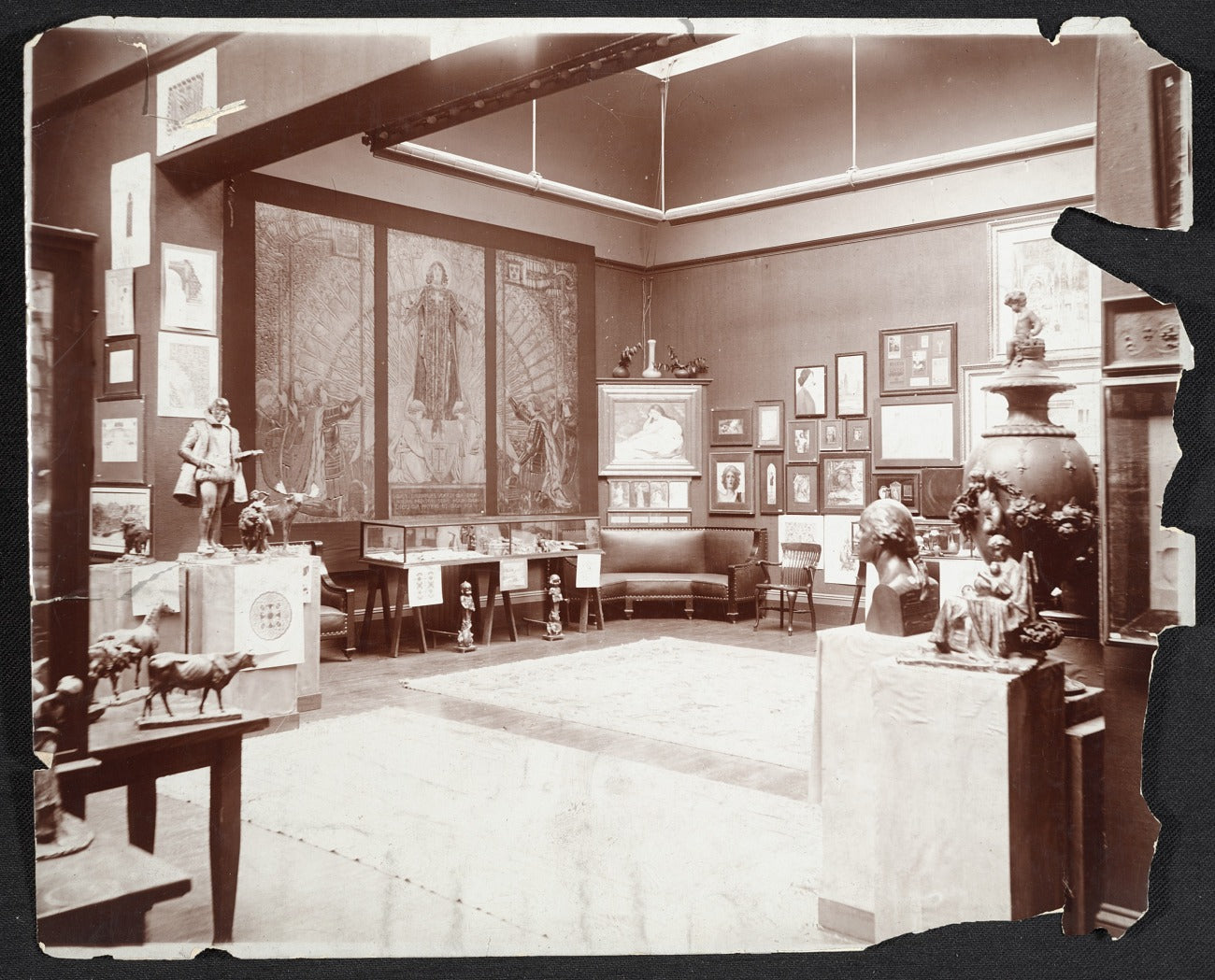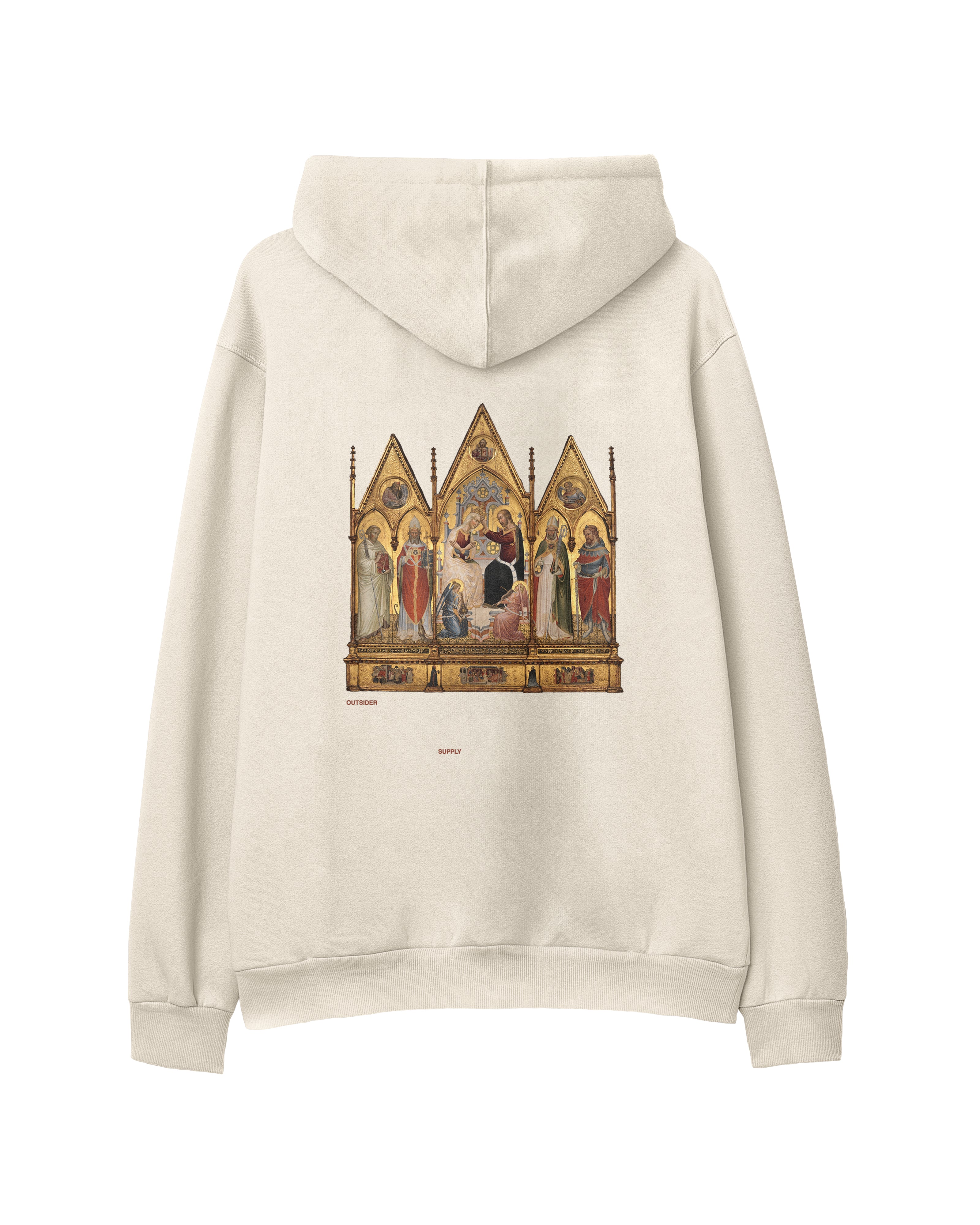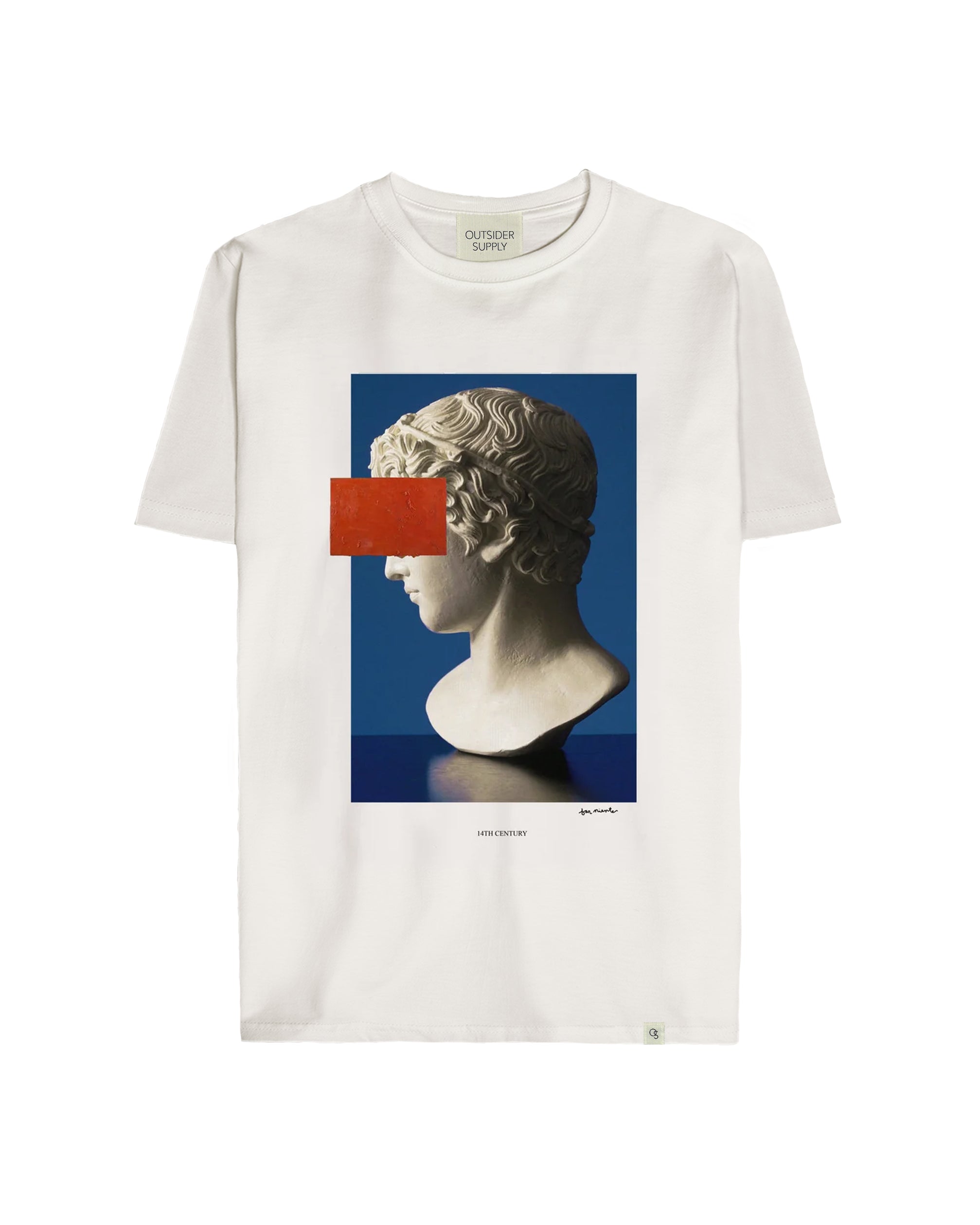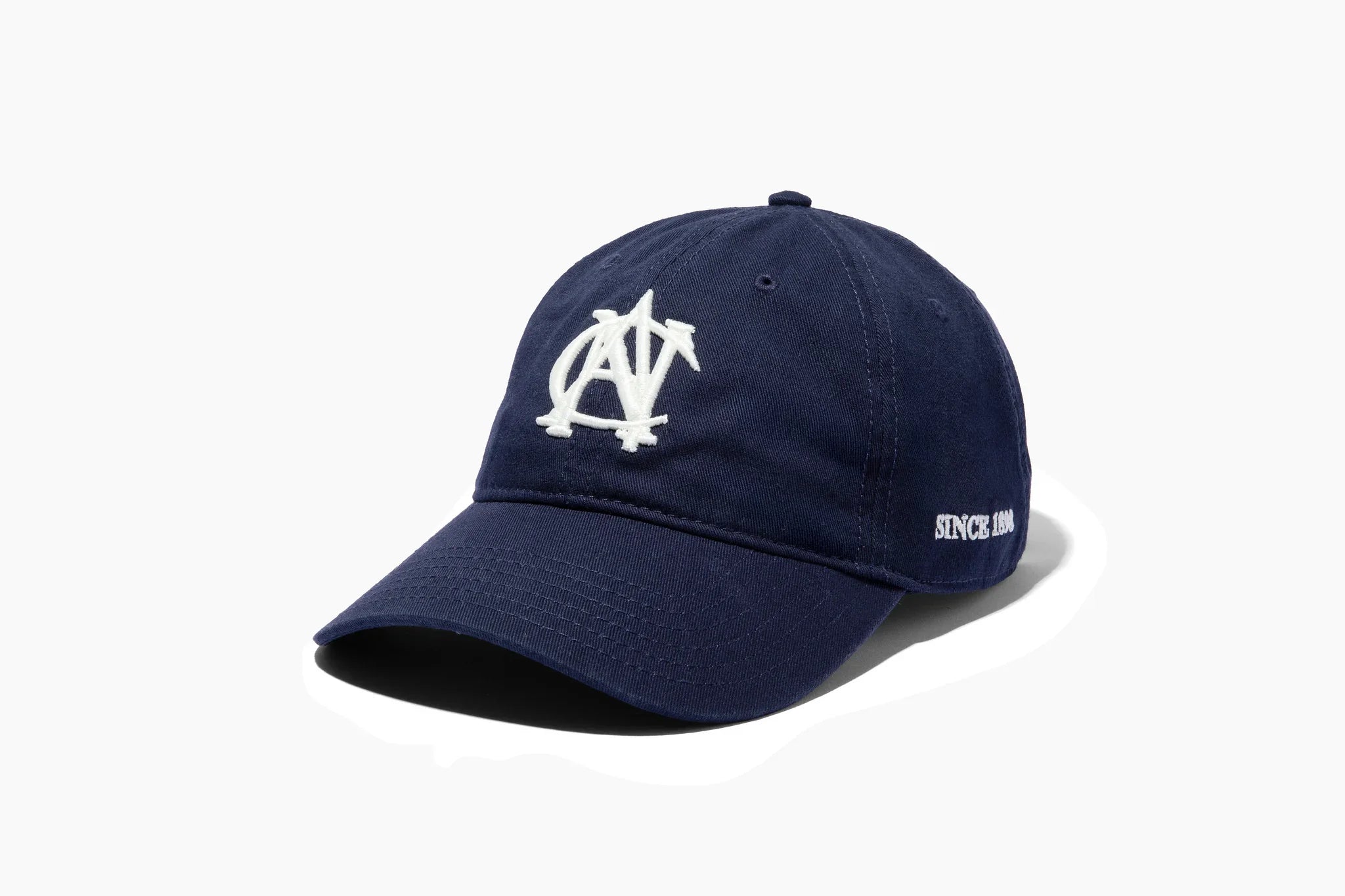
A Dialogue With the National Arts Club: A Historic Home for Artists in NYC Since 1898
For over a century, the National Arts Club has stood as a sanctuary for artists and art enthusiasts in New York City. Founded in 1898 by Charles De Kay and supported by prominent creatives like Louis Comfort Tiffany, the Club’s mission remains steadfast: to foster public interest and participation in the arts. From its iconic home at the Samuel Tilden Mansion on Gramercy Park to its contemporary exhibitions and performances, the NAC continues to bridge the past and future of multidisciplinary artistic expression.
In this exclusive interview with the National Arts Club, we explore the club’s storied origins, architectural legacy, and evolving role in today’s creative landscape.
What can you tell us about the founder of the NAC?
In 1898, author and poet Charles De Kay, the literary and art critic for The New York Times, sought to establish a hub for the arts in New York City. He, along with a group of New York's preeminent artists and patrons, among them such luminaries as Louis Comfort Tiffany and Charles Rollison Lamb, conceived of the National Arts Club as a gathering place to welcome artists and art-lovers across all artistic disciplines.
Can you tell us a little about the history of the club?
After its foundation, the Club quickly outgrew its original location on 34th Street in 1906. Spencer Trask, a financier, philanthropist and NAC Governor, helped the Club acquire the historic Samuel Tilden Mansion as its new home.
Over the years, membership grew to include countless distinguished artists, including painters Robert Henri, Frederic Remington, William Merritt Chase and Cecilia Beaux; sculptors Augustus Saint-Gaudens, Daniel Chester French, Anna Hyatt Huntington, and Paul Manship were also members, as were composer Victor Herbert, conductor Walter Damrosch, photographer Alfred Stieglitz, and architects Stanford White and George B. Post. The National Arts Club admitted women on a full and equal basis from its inception and has a long history of inclusivity.
What was the inspiration behind the architectural design of the headquarters?
In 1906, when the Club outgrew its first home on 34th Street, Spencer Trask, a financier, philanthropist and NAC Governor, helped the Club acquire the historic Samuel Tilden Mansion as its new home. The Tilden Mansion occupies 14 and 15 Gramercy Park South; both houses were built in the 1840s; and the original flat-front, iron-grilled brownstones matched the style of the homes still maintained on the west side of Gramercy Park. Samuel Tilden, the 25th Governor of New York, acquired 15 Gramercy Park South in 1863, purchased the adjacent house a few years later and gave the conjoined mansions a complete redesign. Tilden hired Calvert Vaux, a famed architect and one of the designers of Central Park, to modernize the façade with sandstone, bay windows and ornamentation in the Aesthetic Movement style. John LaFarge created stained glass panels for the interior of the mansion, and sculptors from the firm of Ellin and Kitson created elaborate fireplace surrounds, bookcases and doors. Glass master Donald MacDonald fashioned a unique stained glass dome for Tilden’s library that crowns the room where the bar is now located.
How does the National Arts Club support emerging artists in today's competitive landscape?
As a 501(c)(3) nonprofit, the mission of the National Arts Club is to stimulate, foster, and promote public interest in the arts and to educate the American people in the fine arts. As a hub for the arts in the heart of New York City, the NAC offers more than 150 free, multidisciplinary arts programs to the public, including exhibitions, theatrical and musical performances, lectures, and readings, attracting an annual audience of over 30,000 visitors. The NAC's commitment to serving the artistic community is reflected in its work with artists, innovators, and thought leaders as well as in its local, national, and international collaborations to share ideas, create pioneering initiatives, and engage new audiences.
Can you explain how the club fosters connections between artists and museums, galleries, or collectors?
The NAC serves as a gathering place for art professionals and art lovers of all kinds, including artists, collectors, gallerists, and more, fostering relationships between our community members through a mutual love and appreciation of the arts and its importance to society at large.
How do you balance maintaining the club's historical significance with modern artistic trends?
As a 126 year old institution, the NAC frequently pays homage to its founders and traditions. After all, it’s hard to forget our Gilded Age roots when we are constantly surrounded by the gorgeous Victorian architecture of the Tilden Mansion. The NAC houses a permanent collection of over 700 works of art, many of which were directly donated by artists in the early 20th century. The core of the collection includes classic late 19th - early 20th century landscapes and portraits by Robert Henri, Daniel Garber, Robert Spencer, Philip Leslie Hale, and Charles Hawthorne, among distinguished others.
As for modern artistic traditions, the NAC is always engaging with new and innovative voices within the artistic field. Our programming features the greatest artistic voices working today, and we are also proud to frequently exhibit new and contemporary artists. Our collection also contains major modern and contemporary canvases by Larry Rivers, Will Barnet, Lois Dodd, and Carlos Quintana.
How does the National Arts Club engage with diverse artistic disciplines beyond visual arts?
A core tenant of the NAC is its support of all arts. Our Club consists of 16 different committees representing a diverse range of artistic disciplines, including fine art, fashion, theater, and more. Annually, these committees organize free, multidisciplinary arts programs to the public, ensuring that our programming covers a wide breadth of diverse artistic disciplines and interests.
How does the National Arts Club collaborate with other cultural institutions in New York City?
The NAC is a frequent collaborator with other cultural institutions throughout New York City. We’ve partnered with Bank of America’s Art in Our Communities © program to host blockbuster exhibitions like Andy Warhol Portfolios: A Life in Pop in 2021 and this year’s Jazz Greats: Black and White Photographs from the Bank of America Collection. We’ve also hosted an exhibition of Joaquín Sorolla’s gouaches in tandem with the Hispanic Society Museum and Library, which was a great partnership. Behind-the-scenes, we work closely with Free Arts NYC, an organization that provides arts programming for youth in underserved communities, to provide internships for aspiring art professionals.








